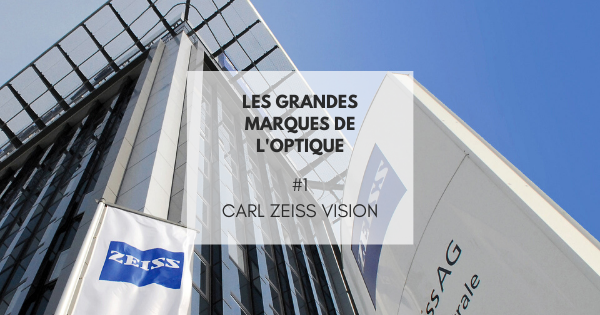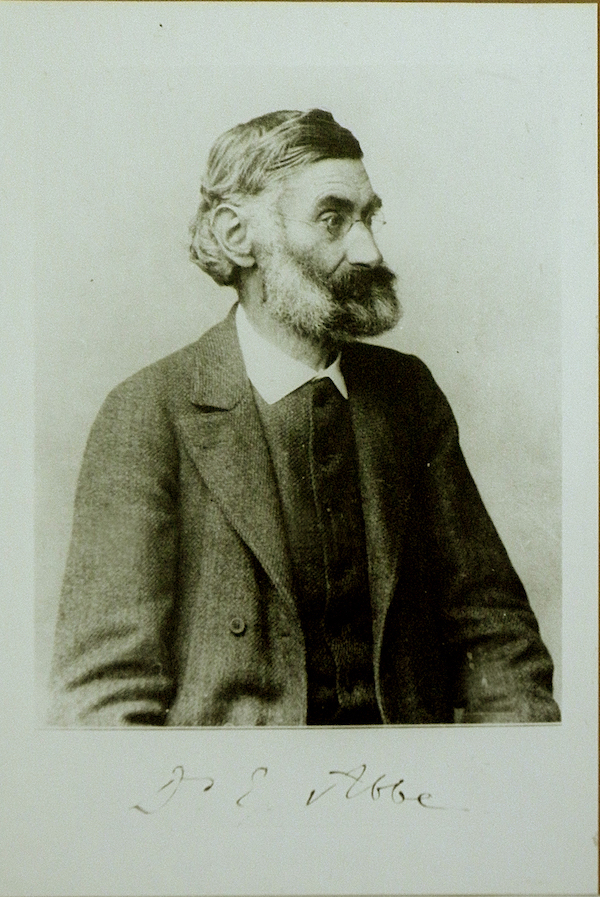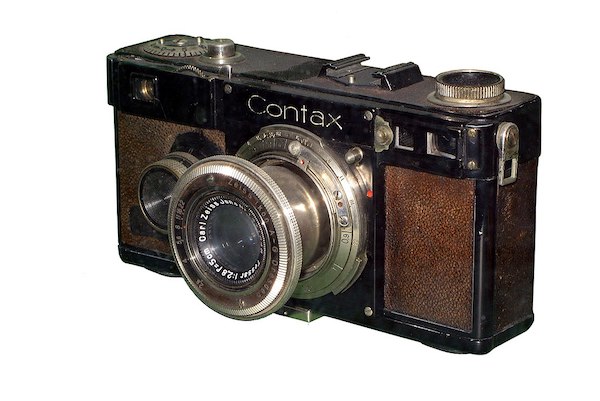The big brands of optics: Carl Zeiss Vision

The world of optics is made up of stories big and small. It takes decades or even centuries to become a group on an international scale. But whether big or small, all of these stories never lack richness. Carl Zeiss Vision is one of them, and it all started with the will of one man.
Carl Zeiss, ambitious and passionate entrepreneur
On September 11, 1816 , Carl Zeiss was born in Weimar, Germany,. He will, during his studies, become an apprentice of Dr. Friedrich Körne , a mechanic who officiates in particular at the Court.
 © Carl Bräunlich, ZEISS Archives
© Carl Bräunlich, ZEISS Archives
He then enrolled at the University of Jena , where he took courses in mathematics, experimental physics and discovered anthropology, mineralogy and optics. Passionate, he decided to improve his skills in the manufacture of microscopes .
In the process, he opened a mechanical workshop in 1846 which had some success, which allowed him to hire at in turn an apprentice. At the end of 1847, his mentor, Doctor Körne, died. Deeply affected, Carl Zeiss decides to dedicate his life to the manufacture of microscopes.
He then invented a microscope intended for dissections with a single lens , a revolutionary process. On the strength of its success, it has received many awards for its achievements, considered to be the best scientific instruments in Germany.
His meeting with Doctor Ernst Abbe will be a turning point in his career. Together, they discover Abbe's sinus condition , a formula expressing planetaryism , a property of optical systems.

Ernst Abbe
This condition will be demonstrated by a new type of glass created by the company Glastechnisches Laboratorium Schott & Genossen from Jena, founded with his son Roderish and Ernst Abbe.
=]
When Zeiss developed a lens aimed at correcting chromatic aberrations , the company already had 250 employees!
Shortly before he died , he founded the Institute of Mineralogy of Jena and celebrated the manufacture of his ten-thousandth microscope.
It was after his death that Ernst Abbe created the Carl Zeiss Foundation , which will become owner of the Carl Zeiss and Schott groups .
An adventure to leadership
At the start of the 20th century, other innovations created by the company will change the world of optics . For example, in 1902, an employee designed the Tessar photographic lens , using a revolutionary four-lens formula. This formula is still used today for most standard photo lenses .

A Contax camera
In the years between the wars, the Contax , high quality portable cameras were born, then, in 1935, the first anti-reflective treatments were introduced. to the point and their manufacturing secrets kept preciously until the end of the war.
The war, in fact, will partly destroy the Zeiss factories. The American and Soviet armies move machinery and personnel to Stuttgart and Kiev, respectively.
After the war, the Contax S , the first reflex with fully upright sights, was created, and the company then took part in the Apollo 11 mission. The photo of Neil Armstrong's first step on the moon is taken by a Zeiss lens .

The first steps on the Moon, immortalized by Zeiss lenses
Finally, at the beginning of the 90s, the microscopy and scientific optics departments merged and returned to settle in Jena.
Finally, the Carl Zeiss Vision subsidiary was created in 2005 following the merger between the ocular optical department and the SOLA optical company .

Carl Zeiss Vision, a subsidiary of the Zeiss Group, created in 2005
Since 2004, the Carl Zeiss group has been a world leader in high technology optics . Then, in 2011, Carl Zeiss Vision became the world number 2 in ophthalmic lenses behind Essilor , representing 18% of the world market.
Some anecdotes about Carl Zeiss
- The football team of Jena (Germany) is Carl Zeiss Jena FC
- The Zeiss company builds the first planetarium, on the initiative of the Heidelberg Observatory
- The group's slogan is We Make It Visible


